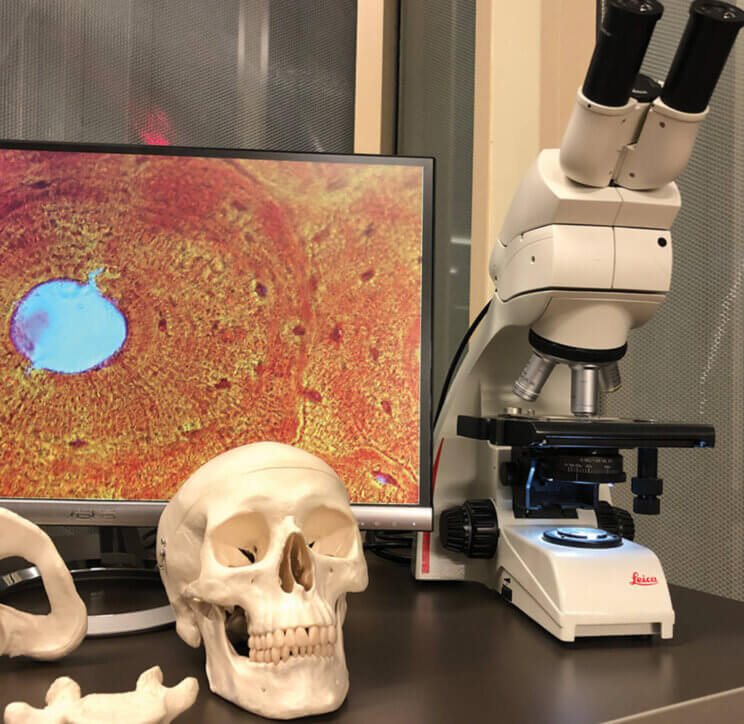
NEW! Planetarium Star Show: Stars Around the World | OPENING MARCH 10
“We also get to explore how different cultures may interpret the stars we see in St. Louis in a different way. Stars Around the World brings together science and culture as we take guests on an adventure around the globe.” See showtimes or learn more at slsc.org/stars-around-the-world.
A Closer Look at Stars Around the World
Guests of the Science Center have a new star show to experience at the McDonnell Planetarium with Stars Around the World, which opens March 10. The program is the latest star show developed in-house by the Science Center’s Education team and presented live for audiences, meaning that no two shows are exactly the same.
We spoke with Will Snyder, Manager of the McDonnell Planetarium, about the show, how it came to be, and what he hopes audiences will take away from this latest star show.
Tell us about Stars Around the World and what it focuses on, as well as what members and guests can expect to see.
Stars Around the World is our newest live star show in the McDonnell Planetarium. This program aims to give audience members the experience of traveling to different parts of the world and observing the changes visible in the sky overhead.
The exciting thing about this show is that guests get to observe sights they would not otherwise see from here in the Midwest. Stars Around the World explores constellations of the southern hemisphere, deep sky objects not visible in St. Louis like the Magellanic Clouds, and even phenomena like the aurora borealis.
More than simply showing people new sights, we also get to explore how different cultures may interpret the same stars we see in St. Louis in a different way. Stars around the World brings together science and culture as we take guests on an adventure from pole-to-pole!
What inspired this new show? Can you talk a bit about how it came to be?
While we often focus on the St. Louis sky and arming guests with tools to explore space from their own backyard, our Planetarium is an immersive environment capable of transporting us anywhere across the globe. We wanted to create a program that would take full advantage of our ZEISS Mark IX star projector and its ability to recreate a beautifully accurate night sky from any location on Earth.
Producing this show has also been a great opportunity for our talented presenters to broaden their knowledge of the southern hemisphere. It is not something we get to talk about a lot, so being able to focus on learning new constellations and deep sky objects has been a great experience for everyone. Exploring different culture’s interpretations of the sky has also been extremely interesting.
What are some things you hope audiences take away from this show?
Stars Around the World may focus on what changes in the sky as we travel the Earth, but the program is really centered on the idea that the sky is something we all share. We might see different parts of the sky or even interpret the same stars differently, but the fundamental idea of looking up is constant across oceans, continents, and cultures
.
We want audience members to remember when they leave that there are stars all around the world, and that looking up is one way we can always come together.
ASTRONOMY DATES
MARCH 20
Vernal Equinox
The vernal equinox marks the first day of spring in the northern hemisphere. On this day, the sun shines above the celestial equator providing equal amounts of light to both northern and southern hemispheres.
APRIL 22-23
Lyrid Meteor Shower Peak
The annual Lyrid meteor shower is caused by debris from comet C/1861 G1 Thatcher, which was discovered in 1861. Best viewing will occur after midnight on the morning of April 23.
MAY 6-7
Eta Aquarid Meteor Shower Peak
The annual Eta Aquarid meteor shower is caused by debris left behind by Halley’s Comet as it orbits the sun. The waxing crescent moon will set early, leaving dark skies for spotting shooting stars.
MAY 15-16
Total Lunar Eclipse
The cosmic event of the spring! St. Louis will experience a total lunar eclipse on the evening of May 15. Often called a “blood moon,” the moon will take on a reddish hue as it passes through the Earth’s shadow.
See these shows at the McDonnell Planetarium this spring!
- Stars Around the World
- Live Sky Tonight
- Gateway to the Solar System
- The Little Star That Could
Exploration Labs
Make Everyone
a Scientist
Exploration Labs
SATURDAYS AND SUNDAYS | 1:30–3:30PM | FREE
Learn more about the Life Science Lab at slsc.org/life-science-lab.








